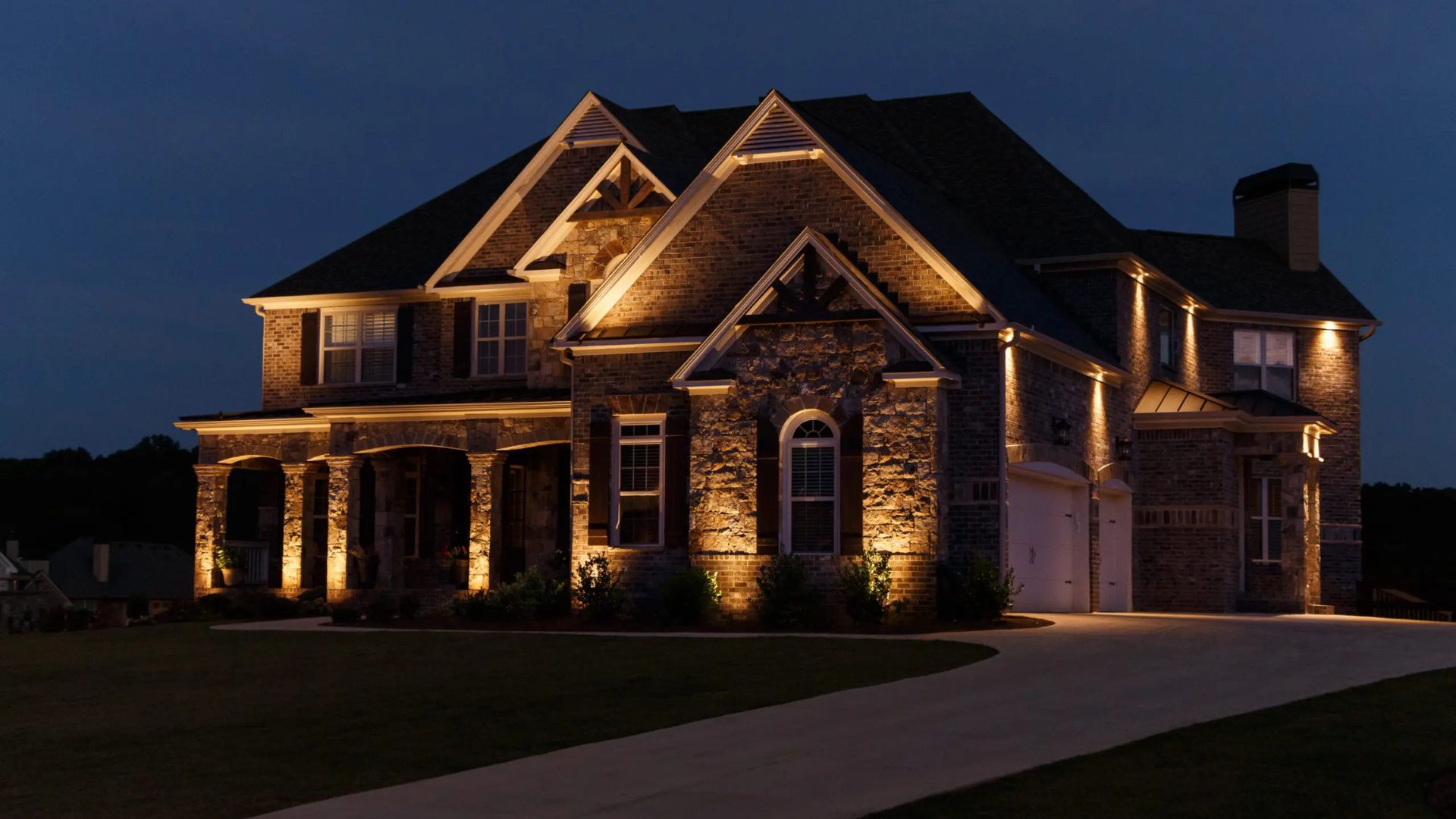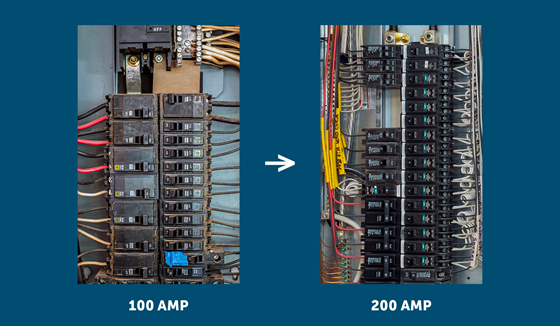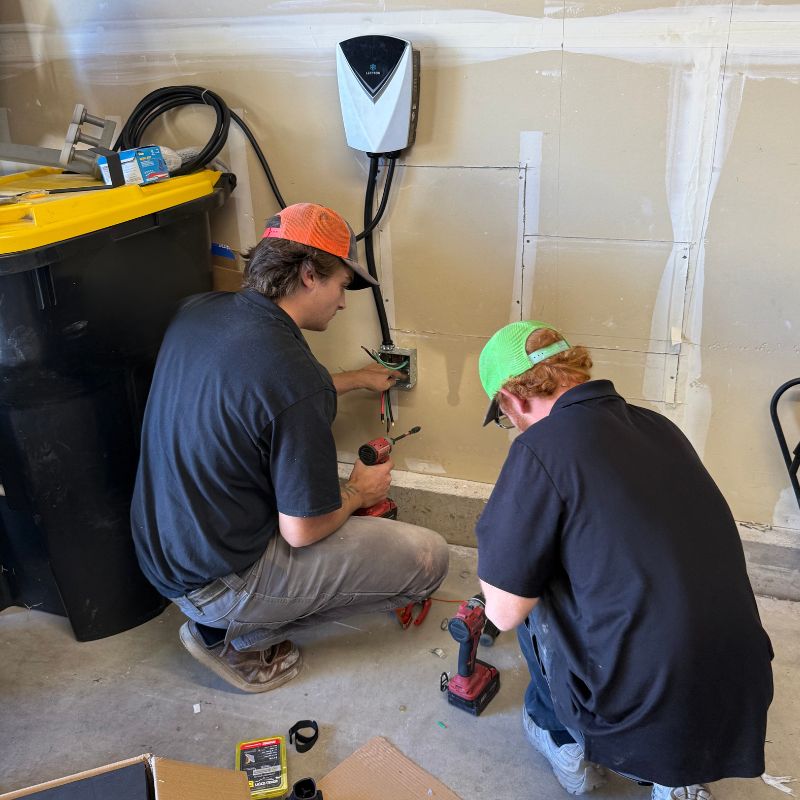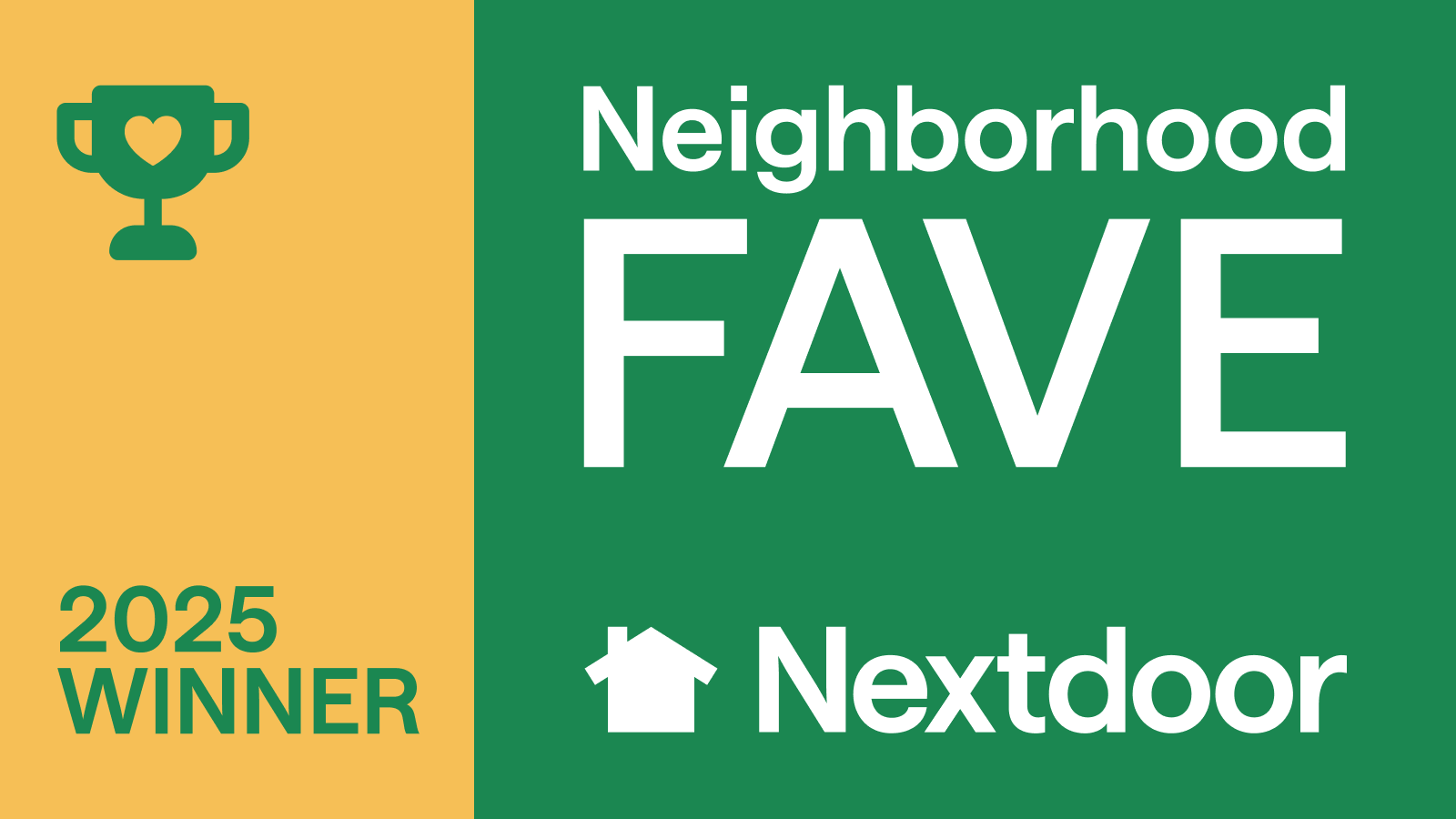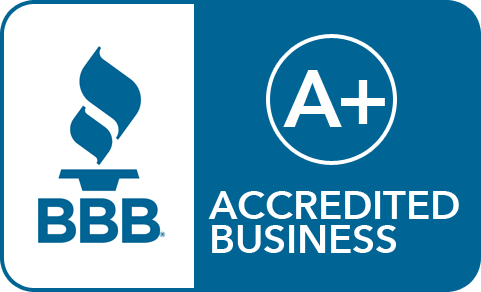Contents
- Understanding the National Electric Code (NEC): What It Is and Why It Matters
- What Is the National Electric Code?
- What Is the Purpose of the National Electrical Code?
- Who Publishes the National Electrical Code?
- NEC vs. NESC: What Is the Difference?
- Major Topics Covered by the NEC
- Why Homeowners Should Understand the NEC
- Common NEC Violations in Older Homes
- Can You Do NEC-Compliant Work Yourself?
- How Often Is the NEC Updated?
- Final Thoughts: The NEC Is the Standard for Electrical Safety
- Frequently Asked Questions
Understanding the National Electric Code (NEC): What It Is and Why It Matters
When most people hear “National Electric Code,” their eyes glaze over, unless they are electricians, inspectors, or engineers. But whether you are a homeowner, contractor, or business owner, understanding the NEC is essential for electrical safety, compliance, and peace of mind.

The National Electric Code (NEC) is the foundation for safe electrical installations in the United States.
Published by the National Fire Protection Association (NFPA), the NEC is the national standard for electrical systems in residential, commercial, and industrial buildings. If your property has electricity, the NEC applies to you.
What Is the National Electric Code?
The National Electric Code (NEC), also known as NFPA 70, is a regionally adoptable electrical safety code that sets the minimum standards for the design and installation of electrical systems.
It is updated every three years to reflect new technology, improved safety practices, and real-world electrical use cases.
The NEC is not a federal law on its own. However, most states adopt the NEC, either in full or with state-specific amendments, into their building codes. Once adopted, compliance becomes legally required.
What Is the Purpose of the National Electrical Code?
The main purpose of the NEC is to protect people and property from electrical hazards. In short, it exists to prevent fires, shocks, electrocution, and other risks caused by improperly installed or maintained electrical wiring.
Key objectives of the NEC include:
- Standardizing electrical installation practices across jurisdictions
- Providing minimum code requirements for safe installations
- Supporting public safety through consistent enforcement
- Establishing rules for branch circuits, panelboards, outlets, and more
This national standard improves both consistency and safety for homes, businesses, and utility systems throughout the United States.

Who Publishes the National Electrical Code?
The NEC is published by the National Fire Protection Association (NFPA), a nonprofit organization dedicated to national fire protection and electrical safety.
The NFPA collaborates with professionals from the Institute of Electrical and Electronics Engineers (IEEE), American National Standards Institute (ANSI), and other authorities to ensure the NEC remains relevant and effective.
So, if you have ever wondered who publishes the National Electrical Code, the answer is the NFPA, with input from engineers, electricians, code officials, and inspectors across the country.
NEC vs. NESC: What Is the Difference?
While the NEC governs wiring inside buildings, the National Electrical Safety Code (NESC) focuses on utility systems, such as overhead power lines and underground distribution systems. The NESC applies to public infrastructure and is maintained by the IEEE, not the NFPA.
NEC = Inside the structure
NESC = Outside, utility-level systems
Both codes are part of a larger ecosystem of electrical and electronics engineers, building professionals, and inspectors working to keep our infrastructure safe.
Major Topics Covered by the NEC
The NEC is extensive, over 1,000 pages of carefully structured electrical safety code. While electricians are required to know it in detail, here is an overview of what it addresses:
- Wiring methods: approved cables, conductors, and raceways
- Grounding and bonding: safe paths for electrical faults
- Overcurrent protection: breakers and fuses
- Outlet spacing and placement: especially in kitchens and bathrooms
- Panelboard design: including requirements for labeling
- Special occupancies: hospitals, garages, marinas, and hazardous locations
- New technologies: smart panels, solar systems, battery storage, and EV charging
Every electrical installation in a permitted structure must follow NEC code requirements, no shortcuts allowed.

Why Homeowners Should Understand the NEC
The NEC might sound technical, but it affects you directly. If you are adding a new appliance, finishing your basement, or installing outdoor lighting, NEC compliance is not optional.
Here is why it matters:
- Safety: Faulty wiring is a top cause of house fires. The NEC helps eliminate hazards.
- Inspections: You cannot pass an inspection unless your work is up to code.
- Insurance: Insurance claims may be denied if your electrical system is not NEC-compliant.
- Home value: Code-compliant upgrades can increase resale value and reduce surprises during buyer inspections.
If you are unsure whether your current setup meets NEC standards, consider scheduling a home electrical inspection with a licensed electrician.
Common NEC Violations in Older Homes
Homes built before the 2000s often do not comply with modern NEC standards. Some of the most common violations include:
- Outdated two-prong outlets (learn how to replace them with three-prong outlets)
- Lack of GFCI protection in bathrooms and kitchens
- Overloaded branch circuits
- Missing AFCI breakers in bedrooms
- Improper grounding or bonding techniques
- Incorrect wire sizing for modern appliances
If your home has not been inspected in over a decade, we recommend checking out our rewire house guide to understand what may need upgrading.
Can You Do NEC-Compliant Work Yourself?
While homeowners are legally allowed to perform certain electrical tasks in some states, compliance with the NEC is still required. That means pulling permits, following proper code requirements, and passing inspections.
The reality? The NEC is highly detailed, and small errors can have serious consequences. That is why most homeowners choose to work with licensed electricians who are trained to apply the NEC accurately and safely.
Need a reliable team? Contact The Electricians in Colorado. We bring all work up to code, no surprises, no violations.
How Often Is the NEC Updated?
The National Electrical Code is updated every three years to address changes in technology, safety, and industry best practices. Recent updates have included:
- Expanded requirements for ground-fault protection
- New sections on energy storage systems and EV chargers
- Enhanced labeling rules for electrical panels
- Smart device integration and residential load management
To keep your system safe and compliant, make sure your home’s electrical infrastructure reflects the most current NEC edition adopted in your state.
Final Thoughts: The NEC Is the Standard for Electrical Safety
Whether you are building a home, remodeling your kitchen, or upgrading your electrical panel, the National Electric Code is the blueprint for doing the job right.
Compliance is not just about passing inspection, it is about protecting your family, your investment, and your peace of mind.

The licensed professionals at The Electricians stay current with every NEC edition and Colorado code update. From panel upgrades to smart home installations, our work meets or exceeds every applicable standard.
Frequently Asked Questions
What is the National Electric Code?
The National Electric Code (NEC) is a set of standards for safe electrical design and installation, published by the National Fire Protection Association (NFPA).
What is the purpose of the NEC?
The NEC ensures that electrical installations are safe, consistent, and effective in reducing the risk of fires, shocks, and other hazards.
Who publishes the National Electrical Code?
The NEC is published by the National Fire Protection Association (NFPA) in collaboration with experts from the electrical and electronics engineering community.
What is the difference between the NEC and the NESC?
The NEC covers electrical wiring inside buildings. The National Electrical Safety Code (NESC) governs public utility systems and outdoor infrastructure.
How can I make sure my home is NEC compliant?
The best way is to schedule a professional inspection or consultation with a licensed electrician. Call today.
Related Posts
If you enjoyed reading this, then please explore our other articles below:
